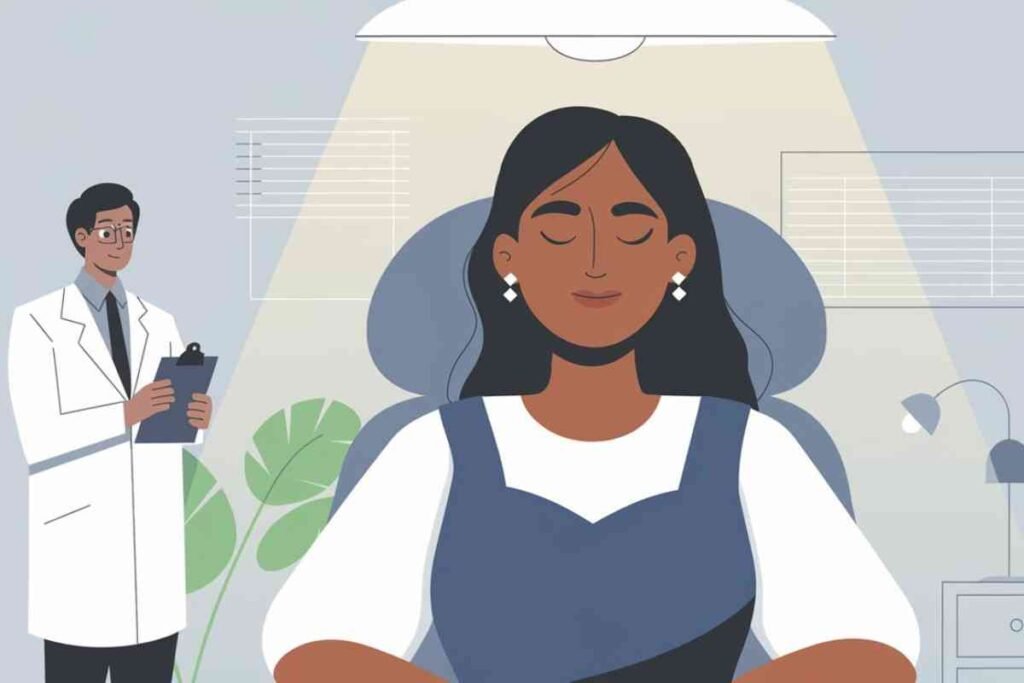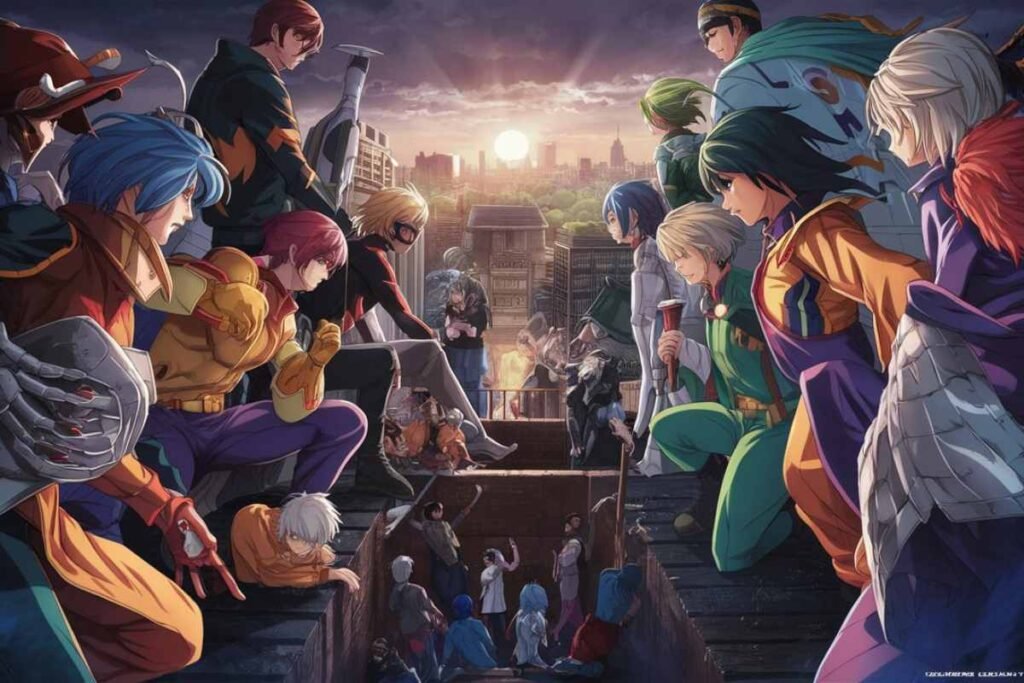Table of Contents
The concept of “Casteò” is rich with historical and cultural significance. Traditionally rooted in the social structures of South Asia, the term has evolved to encompass a broader understanding of how societies navigate the intricate balance between tradition, identity, and modernity.
As we explore Casteò, we’ll dive into its historical roots, its modern-day relevance, and the ongoing journey toward creating a more inclusive society.
Understanding Casteò: A Historical Perspective
Casteò draws its essence from the caste systems that have shaped societies, particularly in South Asia, for centuries.
These systems, deeply entrenched in culture and tradition, dictated social status, occupation, and even relationships.
The rigid boundaries of caste created a hierarchy that defined people’s lives, often leading to inequality and discrimination.
However, the concept of Casteò goes beyond these traditional structures. It represents the evolving nature of these social systems as they adapt to the demands of modern life.
Casteò serves as a bridge between the past and the present, highlighting the ongoing struggle for social equality and justice.
The Transformation of Caste Identity

In today’s world, the once rigid caste boundaries are undergoing significant transformations. Urbanization, globalization, and increased mobility have blurred these lines, allowing individuals to navigate a more nuanced landscape of identity.
While traditional caste distinctions persist in some regions, people increasingly find themselves blending multiple identities.
This transformation is particularly evident in the diaspora experience. Migration and intercultural exchanges have led to a fusion of identities, challenging the once-determined caste affiliations.
As individuals move across borders, they carry their cultural heritage with them, adapting it to new environments while retaining elements of their traditional identities.
Caste and Socio-Economic Disparities
Despite the progress made in dismantling overt caste discrimination, socio-economic disparities along caste lines remain a significant concern.
Lower-caste individuals often face barriers in accessing education, employment, and healthcare. These disparities perpetuate cycles of poverty and inequality, making it difficult for marginalized communities to break free from the constraints of their caste.
Affirmative action policies, such as reservations in education and employment, aim to address these disparities.
However, their effectiveness is often debated. Critics argue that these policies can lead to tokenism and stigma, while proponents emphasize their importance in providing equal opportunities.
To bridge these socio-economic gaps, comprehensive policies are needed—policies that go beyond reservations and focus on skill development, economic empowerment, and social inclusion.
The Role of Media in Shaping Caste Narratives
Media plays a crucial role in shaping societal perceptions, and its influence on the perpetuation of caste stereotypes cannot be ignored.
Television shows, movies, and popular culture often reinforce traditional caste roles and perpetuate biases.
These portrayals can have a lasting impact on how people perceive and interact with individuals from different castes.
To combat these stereotypes, it is essential to promote responsible media practices that challenge biases and depict diverse narratives.
Media has the power to influence public opinion and can be a force for positive change by fostering understanding, empathy, and inclusivity.
By representing diverse stories and experiences, media can contribute to a broader societal conversation on caste and help dismantle harmful stereotypes.
Inter-Caste Relationships: Breaking Barriers
One of the most significant shifts in attitudes towards caste in recent times has been the increasing acceptance of inter-caste relationships.
In the past, marriage within one’s own caste was not only a tradition but a strict social norm. Breaking this norm often led to social ostracism and even violence.
However, as societies become more progressive, these barriers are gradually being dismantled. Inter-caste relationships are becoming more common, challenging the traditional norms that once dictated marital choices.
While progress has been made, resistance still exists in some communities, and instances of social backlash are not uncommon.
Advocating for the acceptance of inter-caste relationships is crucial for fostering a society that values individuals for their character and compatibility rather than their caste.
This shift in perspective is a significant step toward breaking down the barriers that have divided communities for centuries.
Technology and Social Media: Tools for Change

The advent of technology and the rise of social media have played a significant role in amplifying voices against caste discrimination.
Online platforms provide spaces for dialogue, awareness campaigns, and the sharing of personal narratives, contributing to a broader understanding of the challenges faced by individuals across caste lines.
Digital activism has become a powerful tool for advocacy, challenging discriminatory practices and promoting inclusivity.
Hashtags, online petitions, and social media campaigns have brought global attention to issues of caste discrimination, mobilizing support for marginalized communities and pushing for policy changes.
Moreover, technology has enabled the digitization of historical documents and cultural artifacts, preserving the heritage of marginalized communities.
By making these resources accessible to a wider audience, technology plays a crucial role in ensuring that the history and contributions of these communities are recognized and celebrated.
Casteò in the Global Context
Caste-related issues are not confined to South Asia. The global diaspora has brought attention to the persistence of caste discrimination in various parts of the world.
International organizations, scholars, and activists collaborate to share insights, best practices, and strategies to combat caste-based discrimination on a global scale.
In countries with significant South Asian diaspora populations, such as the United States and the United Kingdom, caste discrimination has become a topic of concern.
Legal frameworks are being developed to address these issues, and there is growing awareness of the need to include caste as a protected category in anti-discrimination laws.
The global conversation on caste is also being shaped by the intersection of caste with other forms of discrimination, such as race and gender.
Understanding these intersections is crucial for developing comprehensive strategies to address the complex challenges faced by marginalized communities.
Cultural Preservation and Innovation in Casteò
As societies evolve, the challenge lies in preserving cultural heritage while embracing innovation. Casteò embodies this delicate balance, as it represents both the preservation of tradition and the adaptation to modernity.
Architectural Conservation
One of the most tangible aspects of cultural preservation in Casteò is the conservation of architectural heritage.
Historic buildings, temples, and monuments are preserved to maintain a connection with the past. These efforts not only protect the physical structures but also ensure that the stories and cultural significance associated with them are passed down to future generations.
Culinary Traditions
Another crucial aspect of cultural preservation is the retention of culinary traditions. Casteò’s culinary heritage is a testament to the rich history and diversity of the region.
Traditional recipes are passed down through generations, preserving the flavors and techniques that define the local cuisine.
At the same time, modern cooking methods and health-conscious adaptations are being incorporated, creating a fusion of tradition and innovation.
Arts and Crafts
The arts and crafts of Casteò are also integral to its cultural identity. Traditional crafts, such as weaving, pottery, and metalwork, are preserved and promoted through local workshops and cultural festivals.
These crafts not only serve as a source of livelihood for artisans but also as a means of preserving the cultural heritage of the region.
Education as a Tool for Social Change

Education is a powerful tool for breaking down caste-based discrimination and promoting inclusivity. Educational initiatives that emphasize cultural sensitivity, challenge biases, and provide a more accurate historical perspective on caste can contribute to dismantling stereotypes and fostering a more inclusive society.
Curriculum Reforms
Curriculum reforms are essential for creating an education system that promotes critical thinking and challenges traditional biases.
By incorporating lessons on caste, social justice, and cultural diversity, schools can equip students with the knowledge and skills needed to navigate a diverse world.
These reforms should also include the contributions of marginalized communities to ensure that their history and achievements are recognized and valued.
Workshops and Programs
Beyond formal education, workshops, and programs that promote cultural exchange and understanding are vital.
These initiatives provide opportunities for individuals from different backgrounds to interact, share their experiences, and learn from one another.
By fostering dialogue and understanding, these programs can help break down the barriers that divide communities.
Conclusion
In conclusion, the exploration of Casteò reveals a complex and evolving narrative that spans history, culture, and modernity.
As societies move towards greater inclusivity, the traditional caste boundaries are being redefined, blending with new identities and experiences.
While challenges remain, particularly in socio-economic disparities and persistent stereotypes, there is significant progress in dismantling these barriers through education, technology, and advocacy.
The journey of Casteò is a testament to the enduring resilience of communities in navigating the delicate balance between preserving cultural heritage and embracing change.
As we continue to engage with these issues, it is crucial to foster a society that values diversity, promotes social justice, and respects the rich tapestry of identities that make up our world.
FAQs
What is Casteò?
Casteò is a term that symbolizes the evolution of traditional caste systems, highlighting the intersection of tradition, identity, and modernity in today’s society.
How does Casteò differ from the traditional caste system?
Unlike the rigid structures of traditional caste systems, Casteò represents the ongoing adaptation of these social hierarchies to modern life, blending past traditions with present-day realities.
What role does technology play in Casteò?
Technology, especially social media, has become a powerful tool for raising awareness, challenging caste-based discrimination, and preserving cultural heritage.
How are inter-caste relationships viewed in the context of Casteò?
Inter-caste relationships are increasingly accepted, breaking down traditional barriers and promoting a more inclusive society, although resistance still exists in some communities.
What challenges persist despite the evolution of Casteò?
Socio-economic disparities and persistent stereotypes along caste lines remain significant challenges, hindering full social equality.
How can education help in addressing caste-based discrimination?
Education, through curriculum reforms and cultural sensitivity programs, can challenge biases and promote inclusivity, playing a key role in dismantling caste-based discrimination.
Why is cultural preservation important in Casteò?
Cultural preservation, through architecture, culinary traditions, and arts, ensures that the rich heritage associated with caste systems is honored while adapting to modern influences.
Is caste discrimination still a global issue?
Yes, caste discrimination affects not only South Asia but also global diaspora communities, making it a concern that requires international awareness and legal frameworks.


